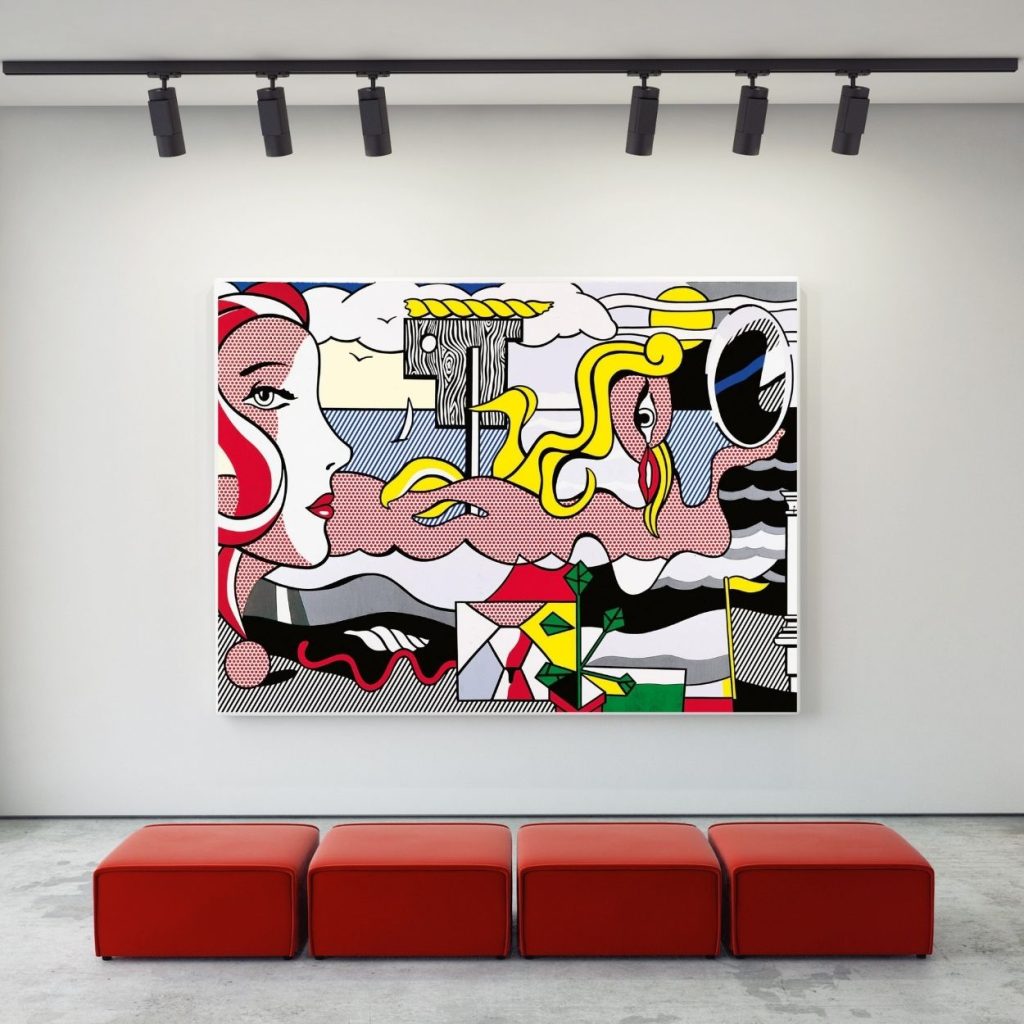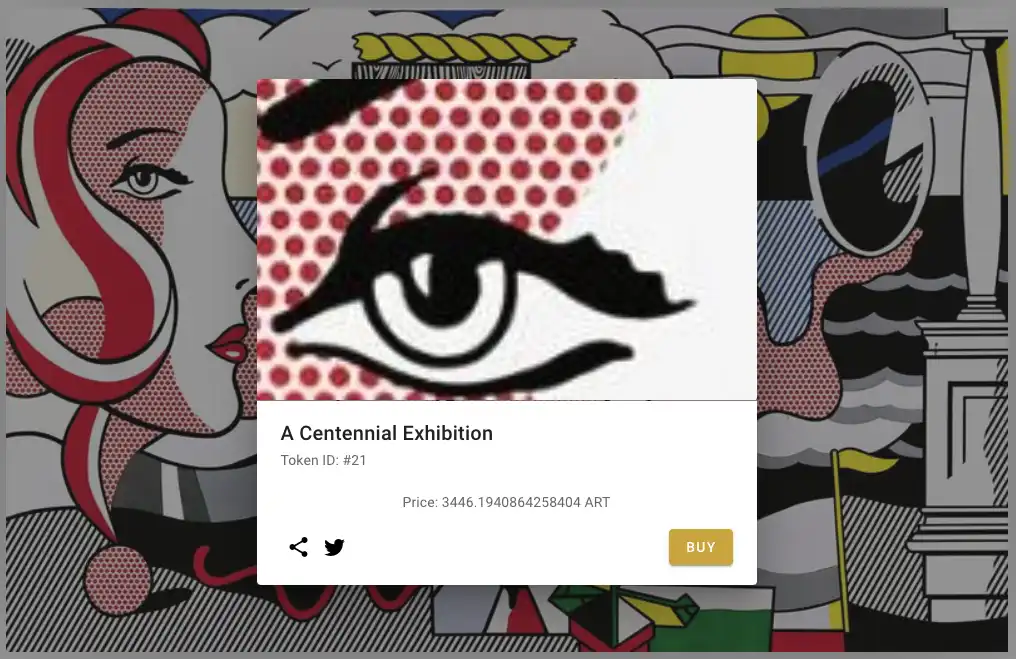Fractional Ownership in the Art World
Digital Revolution in Art
In today’s era, thanks to the development of blockchain technology and the NFT (Non-Fungible Tokens) market, art collectors can benefit from modern investment methods such as fractional ownership of artworks. This method allows for the division of ownership of a single piece into many smaller shares, enabling investors to diversify their portfolios without needing to commit large sums of money to a single item.

Roy Lichtenstein and the Digitization of His Works
Roy Lichtenstein, a pop art icon known for incorporating comic book motifs and techniques into his works, has garnered attention in the digital market after his piece “Figures in Landscape” was transformed into 100 unique NFT tokens. Each token represents a part of the artwork, allowing collectors to own a piece of art history.
The 1/N Strategy in the Context of Art
The fractional value of artwork allows for the application of the 1/N strategy, where investments are evenly distributed across multiple options. In the context of the high variance of art investments, this strategy helps spread risk and potentially increase the chances of achieving a profit, even though individual pieces of the collection may exhibit significant unpredictability in value.
Benefits of Fractional Ownership for Collectors
Fractional ownership allows smaller investors to participate in the art market, which traditionally was reserved for those with substantial capital. Furthermore, collecting art fractions can lead to significant savings as collectors can avoid costs associated with the conservation, insurance, and storage of physical artworks.
NFTs as the Future of Art Investment
NFTs offer not only a new way of investing but also revolutionize how creators can monetize their works. The digitization of artworks allows creators to receive compensation each time their work changes hands on the secondary market, which is a breakthrough in the fight for copyright and fair remuneration for artists.
Challenges and the Future of Fractional Ownership
While fractional ownership opens up many possibilities, it also comes with challenges such as legal regulations that need to keep pace with the rapidly developing market. The future of this method largely depends on societal acceptance and further technological developments that will enable even broader access to fractional investments in art.
Fractional ownership of artworks, as demonstrated by the example of Roy Lichtenstein, opens new horizons for collectors and investors, allowing for more flexible and accessible forms of investing in art. It represents a step towards democratizing the art market, gaining significance in the digital age, and creating new opportunities for both artists and collectors.


